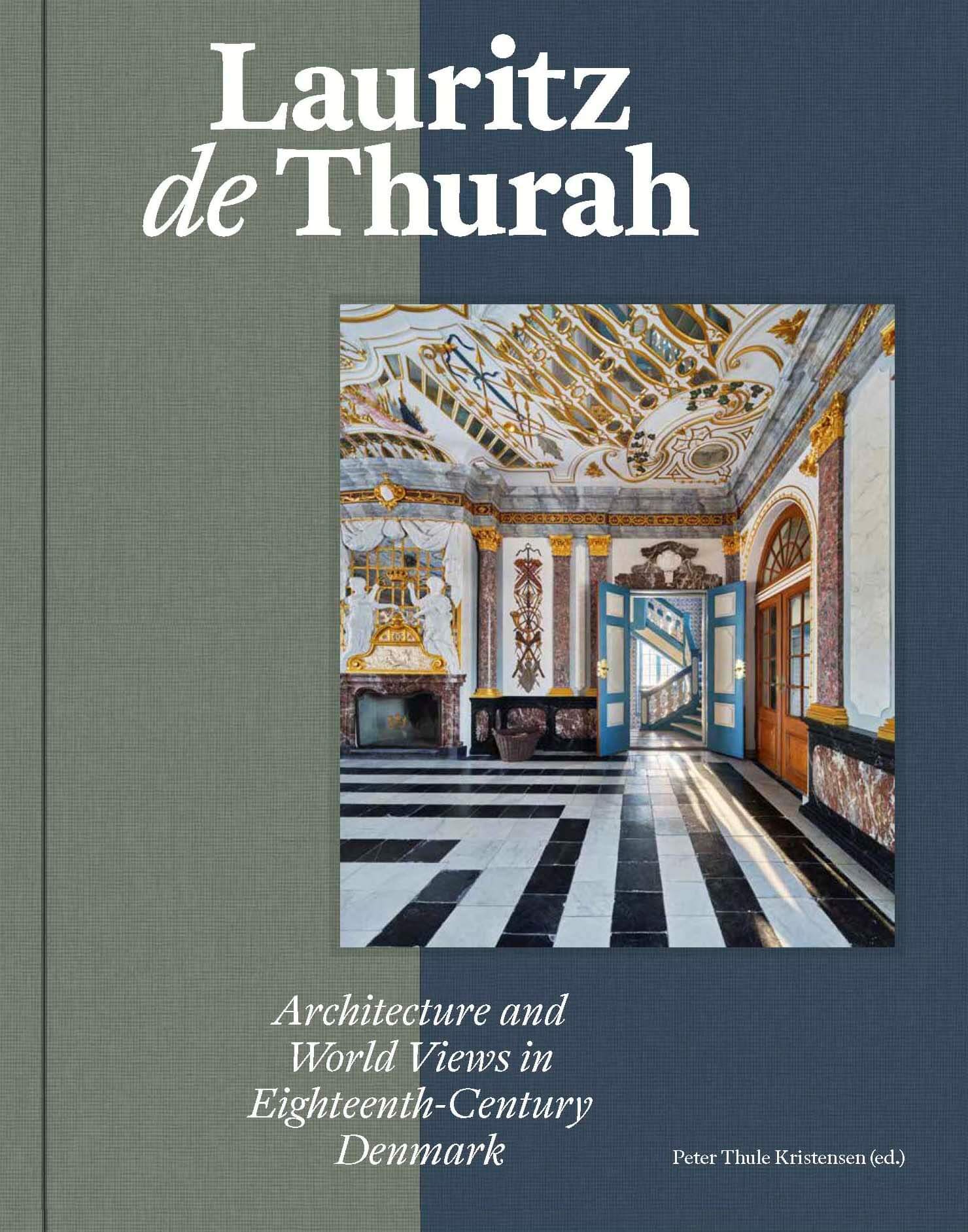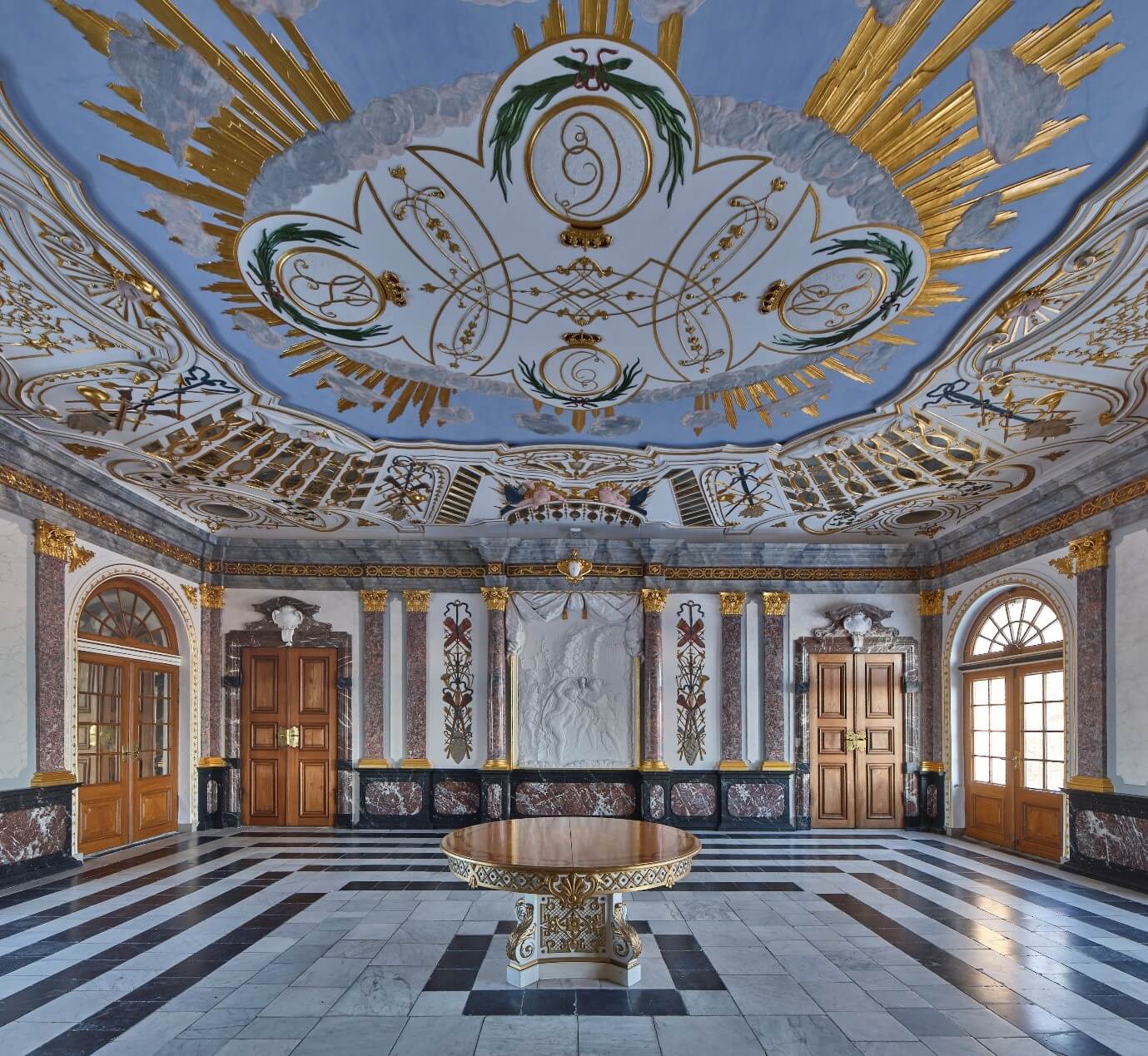New book about architect Lauritz de Thurah
Peter Thule Kristensen, core scholar at Centre for Privacy Studies and professor at the Royal Danish Academy – Architecture, Design, Conservation, is the editor of a new impressive monograph about the life and work of Danish Baroque-architect Lauritz de Thurah. Among other contributors are privacy scholars Natalie Körner and Sanne Maekelberg. The book, titled Lauritz de Thurah – Architecture and World Views in Eighteenth-Century Denmark, is published by Strandberg Publishing and has received excellent reviews in Danish newspapers such as Berlingske, Weekendavisen and Kristeligt Dagblad. In addition, the book had been reviewed and discussed in the online media Byrummonitor, the magazine KULTUR Information, and on the blog Kulturkupeen. The book is published in English and in Danish.

We have interviewed Peter about the book.
The project of this book started in 2021, what sparked your interest and the idea of this project?
At Centre for Privacy Studies, I have, together with other scholars, studied 18th century Copenhagen, including the royal residence of Christiansborg. We got fascinated by the contemporary architects’ ability to convey the world views of the time through architecture in a way that almost resembles the art of rhetoric. Architects such as Lauritz de Thurah (1706-1759), who among other buildings designed The Hermitage, the spiral spire of Our Savior’s Church, and Hirschholm Palace, seem to have been keenly aware of the impact and semantic significance of their architectural designs. Designs, which were carefully orchestrated to engage and persuade a spectator through, among other things, spatial sequences that spurred movement and complex layering that engaged the imagination. It became a task for us to unveil such design principles and the ideas behind them.
The book covers not only the work of Lauritz de Thurah, but also his life, the circumstances he worked under, and the worldviews his work represents. How does this comprehensive presentation and analysis of Lauritz de Thurah and the context he lived and worked in contribute to the understanding of his architecture?
Lauritz de Thurah was both a polyhistor and social climber in the rank society. As the younger son of a bishop, he was first trained as an architect and engineer in the military, and he later worked as both a high-ranking court architect, military man, civil servant, and even publisher and author of several important topographic publications introducing Danish architecture and its history. I guess the many facets of his career and his cross disciplinarity enabled him to combine many aspects and to manage a large degree of complexity within his own design. In some ways, Thurah’s own mobility within the hierarchical rank society was also echoed in an architecture that was paradoxically both hierarchical and dynamic in its composition.
How do privacy and the private appear in the work and life of Lauritz de Thurah? And does any of this relate to your previous research at Centre for Privacy Studies?
Yes, as previously mentioned some of our work within the Copenhagen case team informed the monograph. In terms of privacy, working with Thurah led to several interesting observations. First, Thurah, in his descriptions and in his design, anticipates an individual persona, a spectator, who observes and experiences the architecture. This persona is described, for example, as an individual who walks through the gardens of the Hirschholm Palace and whose senses are excited by the fountains, the many reflections in the inbuilt mirrors, and so on. In Thurah’s descriptions, the persona observes all this in solitude, independently of other people and social circumstances. Second, certain spaces are introduced to evoke the imagination of this individual. Spaces, that one cannot enter but only observe from a strange peripherical position, for instance the dome like space of the chapel of Hirschholm or the space behind the balustrade on the roof of the Hermitage. In the Baroque architecture, that Thurah represents, one often encounters these types of visible but remote spaces appealing to the gaze and the imagination. Third, it is interesting to observe how the symmetrical layout of a floor plan does not always correspond to the daily and actual life taking place. This clash between an idealized idiom and the flesh and blood ventures of real people is also fascinating from a privacy perspective.

Inside the Hermitage. Photo by Anders Sune Berg.
The contributors of the book are architects, architectural historians, art historians, and museum historians. What were your considerations when setting the team of contributors?
At Centre for Privacy Studies, we also work in interdisciplinary teams. This way of working inspired the Thurah project too, where we discussed each other’s ideas, shared sources, and visited the still existing architecture by Thurah together. Though each contributor stuck to their disciplinary approach in individual chapters, I guess the exchange taught us to be even more aware of our arguments and to be open to other perspectives at the same time.
